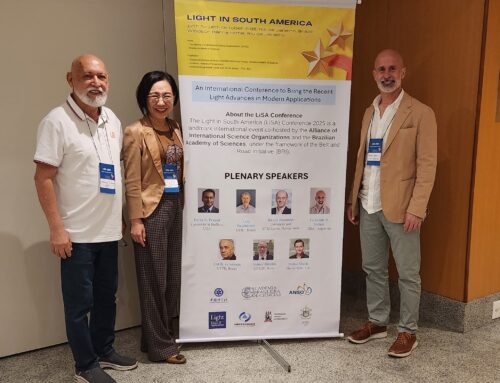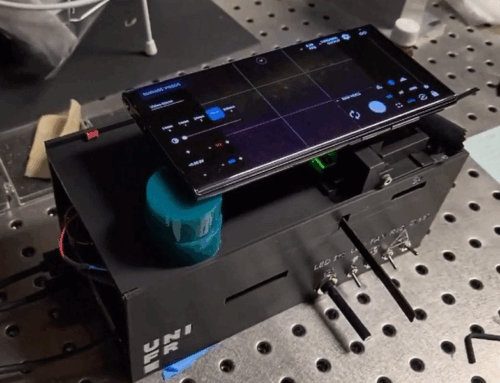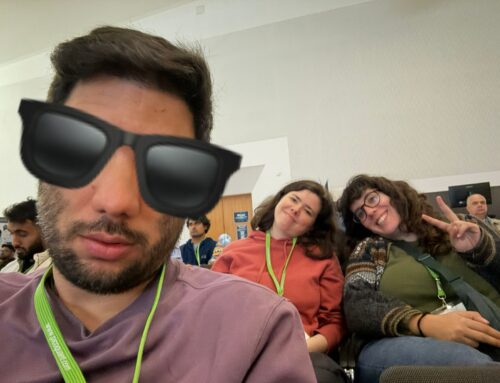Fluorescence nanoscopy is enabling the visualization and discovery of periodic protein structures in their natural environment. Remarkable examples are the nuclear pore complex or the membrane-associated periodic cytoskeleton of neurons (MPS).
The MPS of neurons can be visualized by fluorescence nanoscopy (e.g. STED) but is invisible using conventional microscopy (e.g. confocal)
The next step is understanding their function, which is a much more challenging task because it involves the acquisition and analysis of hundreds or thousands of images acquired under different experimental conditions and biological stimuli.
For this, it is essential to count on automated and unbiased image analysis tools. In our recent paper in Scientific Reports, we present an open-source, cross-platform software for the automated quantification of protein periodic structures in fluorescence nanoscopy images. We demonstrate its performance by analyzing the development of the spectrin periodic subcortical cytoskeleton of hippocampal neurons, as imaged by both STED and STORM nanoscopies.

Some of the co-authors from CIBION and IBIOBA: Prof. Dr. Fernando D Stefani (top-left), Dr. Damián Refojo (top. right), Luciano Masullo (bottom, left), Dr. Sebastián Giusti (bottom, right),
Scientific Reports 7 (2017) 16029
“Automated quantification of protein periodic nanostructures in fluorescence nanoscopy images: abundance and regularity of neuronal spectrin membrane-associated skeleton”
Federico M. Barabas, Luciano A. Masullo, Martín D. Bordenave, Sebastián Giusti, Nicolás Unsain, Damián Refojo, Alfredo Cáceres, Fernando D. Stefani




